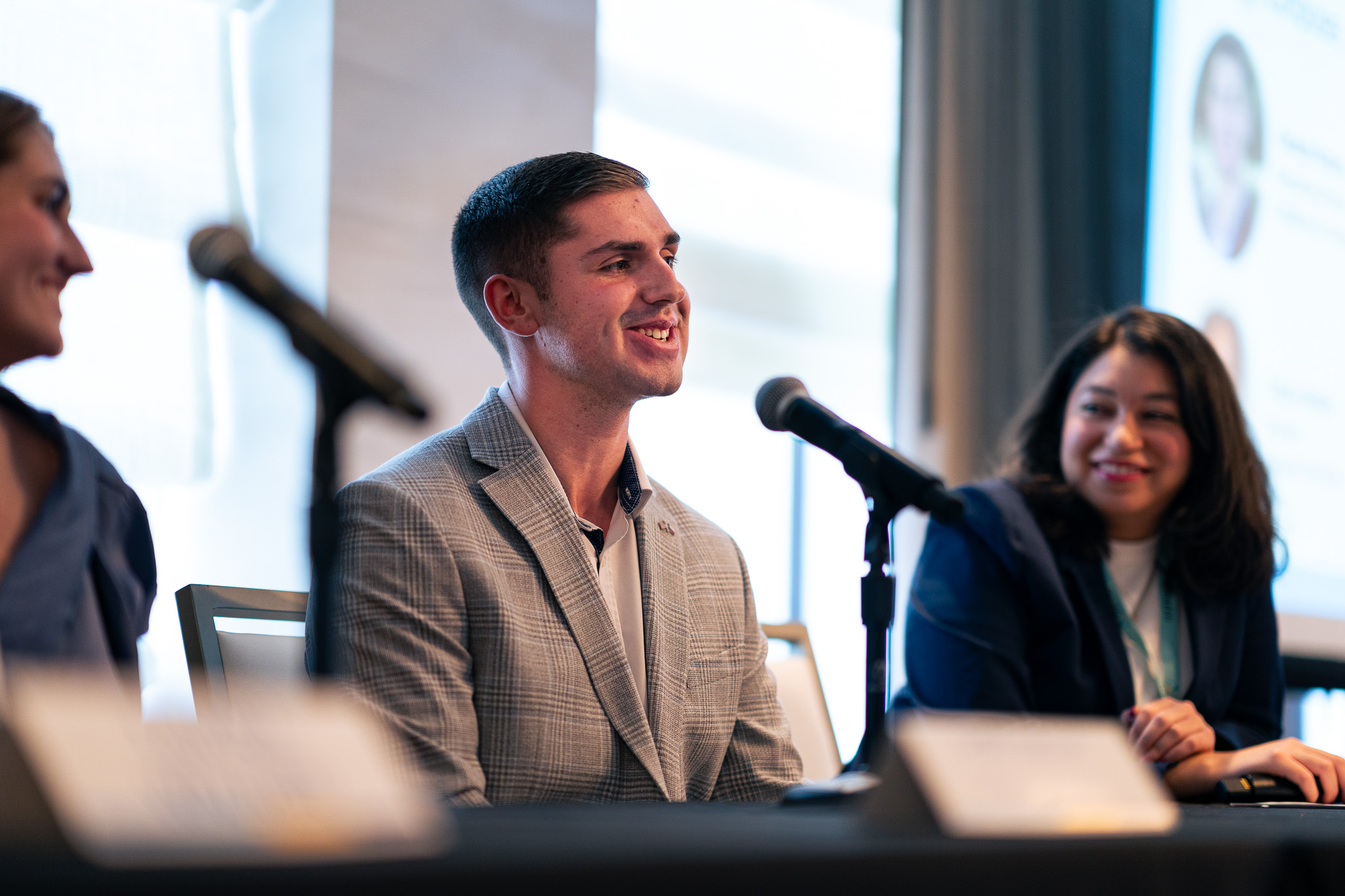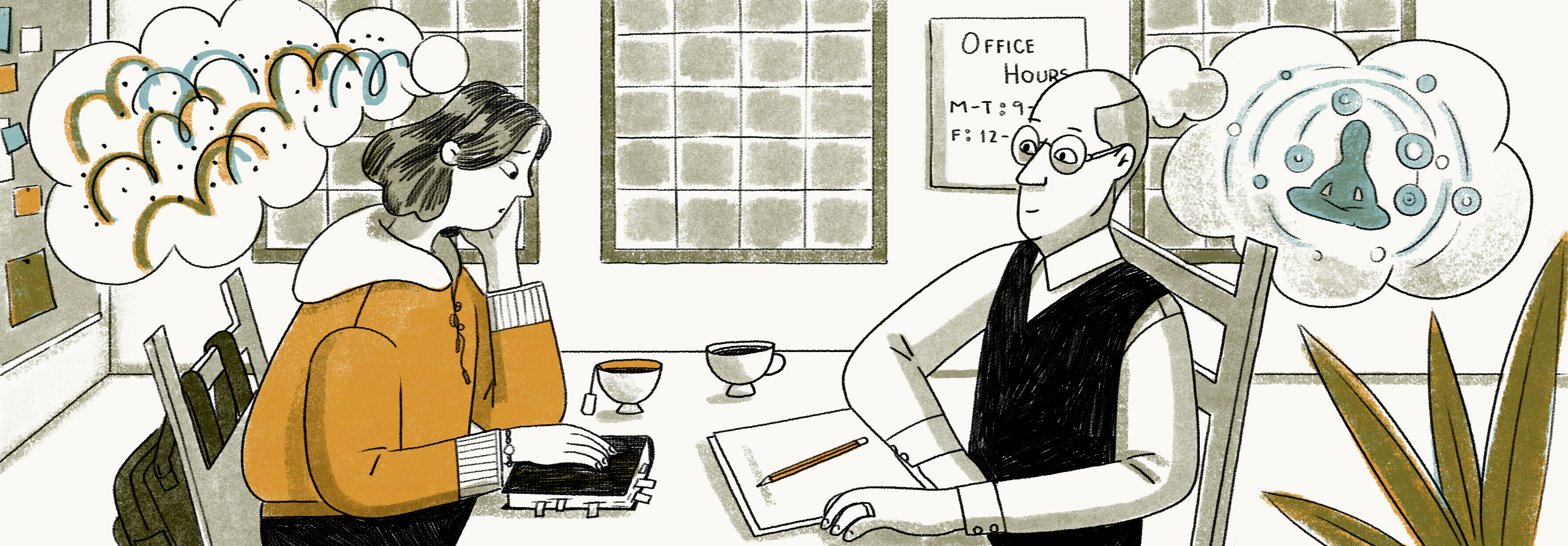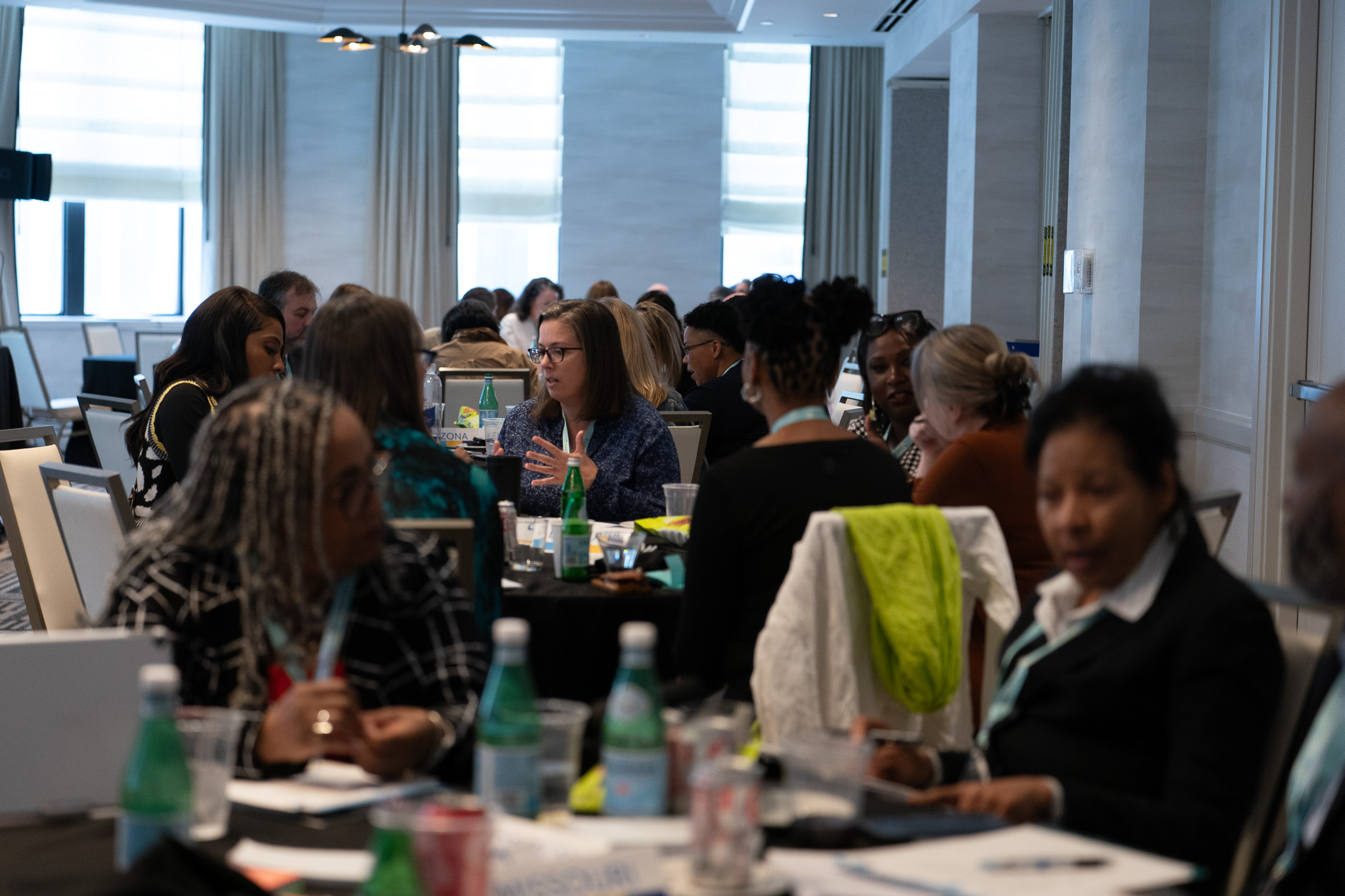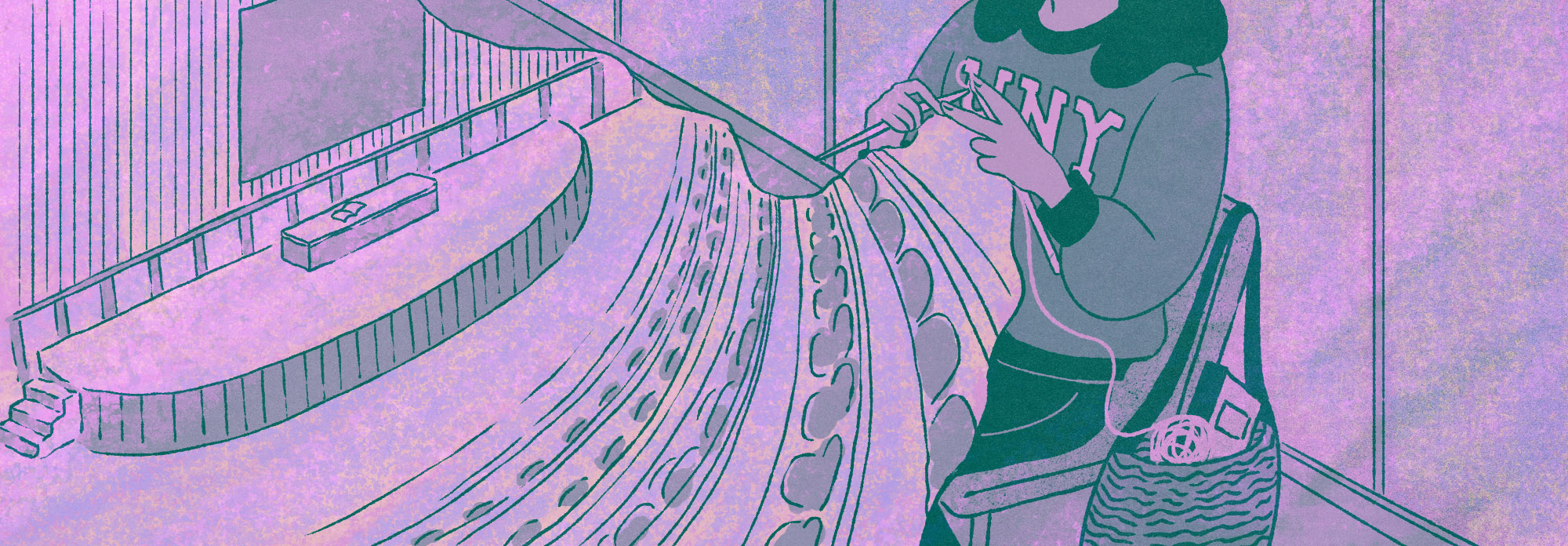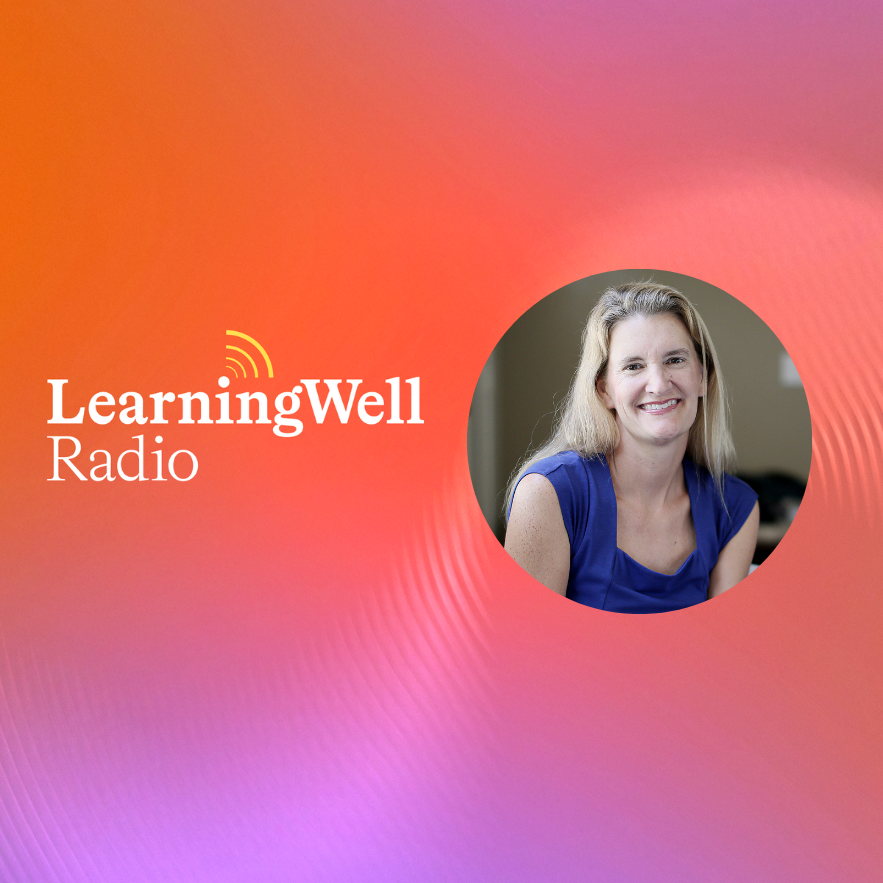Despite some signs of post-pandemic recovery, the college mental health crisis remains alive and not-so-well.
Young people passionate about their own and their peers’ mental health continue to sound the alarm on college campuses, while institutions across the country devote their own staff, resources, and time towards interventions to the same end.
But are the two groups missing something or, more specifically, each other in the process?
The Coalition for Student Wellbeing, a new student-led mental health advocacy group, is founded on the premise that the most authentic and effective solutions to student mental health issues will come from ensuring those making the decisions hear from those affected by them.
Unlike other student groups that focus on issues within their institutions, the Coalition unites members across colleges nationwide to address a broad range of mental health concerns. The goal is to ensure that the student voice is part of the policymaking process, whether on campus or in Washington.
“The college student experience is so unique and dependent on the person,” said Carson Domey, the founder and executive director of the Coalition. “We need to tailor systems of care but also systems of education so that students are involved in these policymaking conversations at all levels.”
“We need to tailor systems of care but also systems of education so that students are involved in these policymaking conversations at all levels.”
Domey has never been one to sit on the sidelines. A rising senior at the University of Texas at Austin, he started the Coalition in August 2024, having been active in youth mental health advocacy for years.
He entered the world of policymaking and politics well before he could vote. By 11, he had been carted back and forth to hundreds of doctor’s appointments for a rare form of Crohn’s disease and began pushing for legislation in Massachusetts to expand access to telemedicine.
When a close friend died from suicide three years later, the scope of Domey’s advocacy grew. Since high school, he has pursued state-level mental health changes, like adding the 988 Suicide and Crisis Hotline to student IDs and expanding the definition of physical education to include mental health.
At U.T. Austin, Domey makes time to be not only a full-time student and director of the Coalition but the chair of the Texas State Policy Council at the American Foundation for Suicide Prevention. His combined advocacy efforts regularly shift him between the Massachusetts and Texas legislatures.
Domey called the Coalition’s mission “purposefully ambiguous.” The broad purpose is “to bridge the gap between students and decision-makers,” though he didn’t set parameters around the type of “decision makers” members should target, nor the specific actions they should take to reach them.
He likened the group to a sort-of universal puzzle piece, ready to fit in wherever needed.
Raising awareness around student perspectives on mental health is one key focus. Members utilize a variety of platforms, like Substack, to publish their ideas on concerns, from suicide prevention and basic needs support to combatting loneliness.
A new webinar series the group launched similarly promotes young voices, and also puts them in conversation with experts. In June, the first webinar centered on the importance of K-12 mental health education to set up students for success in college and beyond. The second, airing in August, will be a “town hall” for students to share their thoughts on “the state of higher education going into the fall semester,” Domey said.
But being a piece of a larger “puzzle” also means finding ways to compliment the efforts of other existing organizations and individuals, hungry for a student-informed edge.
One example of this kind of collaborative advocacy is the group’s fall 2024 visit to the White House to contribute to a roundtable discussion on suicide prevention.

Then, this spring, the Coalition teamed up with Active Minds to produce a toolkit of resources to help students advocate for printing the 988 Suicide and Crisis Hotline on student ID cards — an extension of Domey’s work in Massachusetts.
The response from those the Coalition hopes to influence has been promising, as many leaders embrace the importance of including students in mental health policymaking on campus.
The group’s advisory board comprising top administrators and advocates, including President Domenico Grasso of the University of Michigan and President Mark Gearan of Hobart and William Smith College, offers insights and expertise to help the students refine their advocacy efforts.
Gearan said he believes the student-inspired nature of the Coalition makes it both unique in the higher education space and valuable for administrators like himself.
“It’s not that everyone can always agree with students, but the North Star is what is best for the student experience,” he said, adding that the diversity of the Coalition’s national membership is an added advantage.
Domey has lost track, he said, of “the amount of times that I’ve just sat down with either a president, a provost, a dean of students, and really tried to get to know their role and their perspective more to make us a better organization.”
“We’re so much better for being able to have those resources,” he added.
Domey expressed similar enthusiasm about the quality and connectedness of his student council. “There’s honestly a very small amount of students that I would say work on youth mental health nationally,” he said. “The pro is we’ve all gotten to really know each other, and it’s a really cool community of people spread throughout the country.”
While members may come from a range of backgrounds, they share a passion for mental health and, in many cases, impressive advocacy records.
Domey met Ela Gardiner, soon-to-be sophomore at Hobart, when they were both in high school in Massachusetts and already education advocates on the state stage. Gardiner had been elected one of her high school’s delegates to the Student Advisory Council of the Board of Education.
She also struggled with anxiety and depression, an experience that spurred her mental health advocacy in the transition from high school.
When Gardiner discovered she could no longer see her Massachusetts-licensed therapist at college in New York, she dove into trying to adjust licensure policies and ensure students don’t lose crucial support at a vulnerable time. Along the way, she joined the Coalition.
Shira Garg, a rising junior at the University of Georgia, connected with Domey and the Coalition through an internship involving research on college student mental health screening tools. Now, her pre-med focus not only grounds an interest in wellbeing but helps spearhead the Coalition’s assessment of gaps in the mental health space.
For the Coalition’s members, the collective dedication to mental health is a major motivator.
“All the students that are involved are so passionate about the topic, and I think that in itself kind of propels each one of us to want to do more and more and more,” Garg said. “When you surround yourself with peers that really want to make change, you also follow in their footsteps.”
The objective moving forwards is recruiting more members from new backgrounds and strengthening the foundation further, Domey said.
“It all goes back to reflecting the stories of others and really trying to be that voice for as many people as you can.”
You can reach LearningWell reporter Mollie Ames at mames@learningwellmag.org with comments, ideas, or tips.
